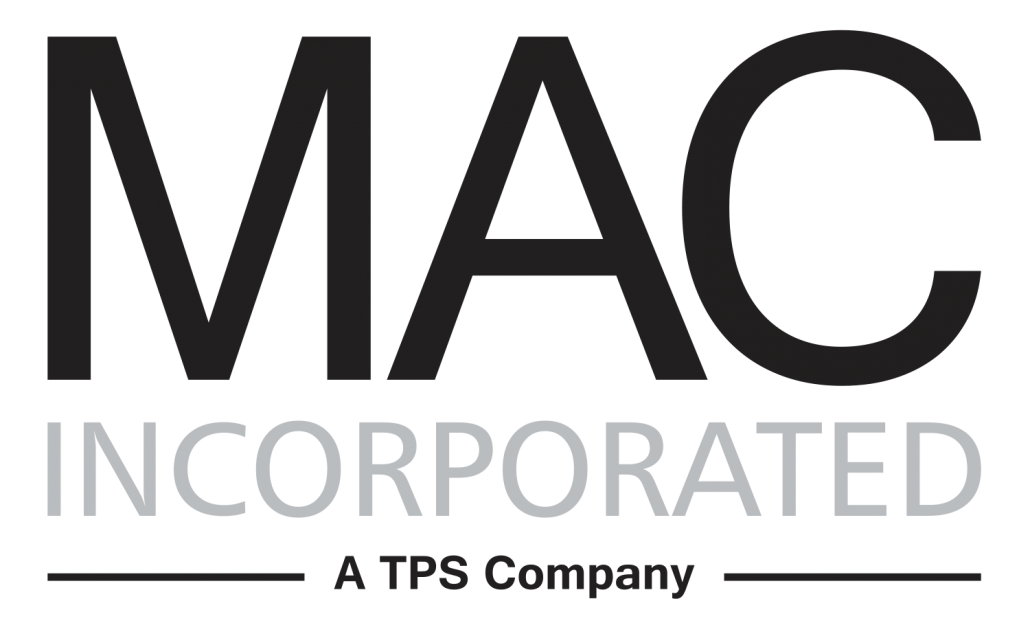Fall Protection Guidelines to Keep in Mind
When employees begin their shift, they expect to end the day in the same physical condition. As an employer, it’s your job to do everything in your power to make this happen.
In 2016, a horrifying 384 of 991 total deaths in construction were due to falls, according to the Occupational Safety and Health Administration. This represents 38.7% of all job-related fatalities in the industry, making it by far the deadliest threat.
Unfortunately, accidents do happen, but plenty of guidelines can be put in place to decrease the chances of having a worker fall on your watch. Here’s a look at what you can do to help.
Fall Protection Overview
OSHA requires employers to configure their worksite in a manner that keeps employees from falling off overhead platforms, elevated workstations, and into holes in the floor or walls. Fall protection equipment must be provided — at no cost to the employee — when working at a height of four feet in general industry workplaces, five feet in shipyards, six feet in construction, and eight feet in longshoring operations. Beyond that, employees working over dangerous equipment and machinery must be provided with fall protection equipment regardless of fall distance.
More than just a suggestion, OSHA requires employers to maintain worksites free of known dangers. Floors in work areas must be clean, and as dry as possible. This should go without saying but, all safety training must be administered in a language workers can understand.
Guidelines to Keep Employees From Falls
Here’s a few key tips from OSHA to prevent employees from being injured in falls.
- Every floor hole a worker could accidentally walk into must be guarded with a railing and toe board or floor hole cover.
- All elevated open-sided platforms, floors, and runways must contain a guard rail and toe board.
- Guardrails and toe boards must be provided if a worker can fall into or onto dangerous machines or equipment, regardless of height.
- Certain jobs may necessitate the use of a safety harness and line, safety nets, stair railings, and hand rails.
Nothing is more important than employee safety, which is why MAC Incorporated frequently posts updates on this topic. Bookmark our blog for easy access to the latest advice designed to protect the well-being of your team. The next time you need to hire, contact us to connect with engineering, maintenance, and operations management professionals as committed to safety as you are!

